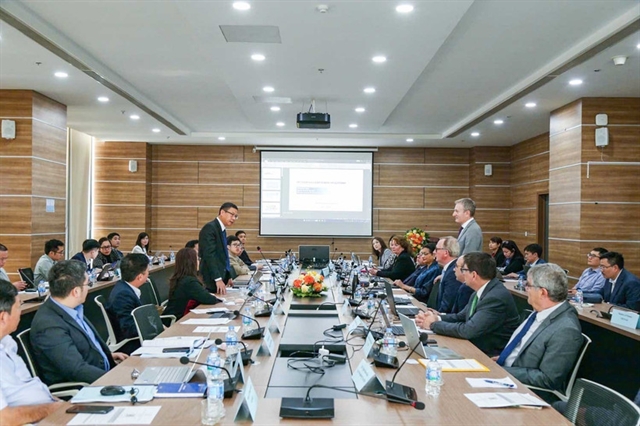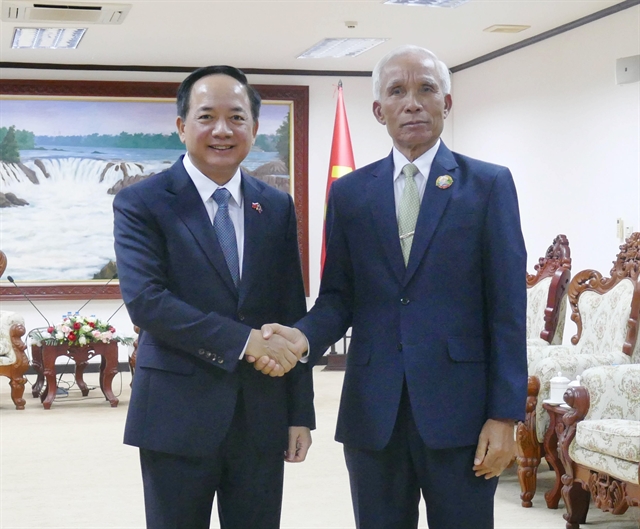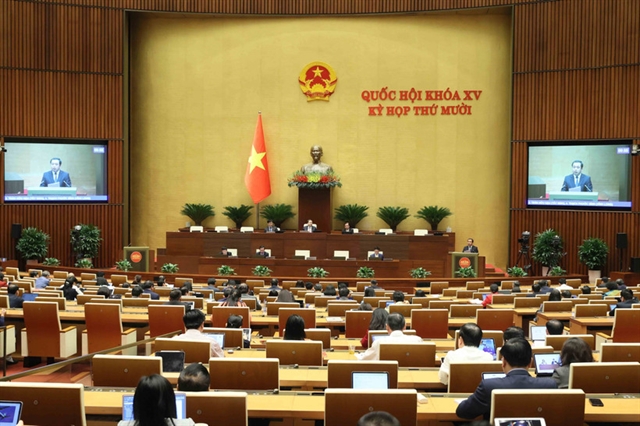 Opinion
Opinion

 |
| Prof. Dr. Cheng Hanping, Director of the Việt Nam Research Centre at the Zhejiang University of Technology. — VNA/VNS Photo |
BEIJING — Việt Nam and China should strongly promote people-to-people diplomacy to deepen mutual understanding and expand exchanges between the people of the two countries, especially among the youth, a Chinese scholar has said.
In an interview granted to the Vietnam News Agency (VNA)'s resident reporter in Beijing on the occasion of the 75 anniversary of diplomatic relations (January 18, 1950 – 2025) and the Year of China-Việt Nam Humanistic Exchange 2025, Prof. Dr. Cheng Hanping, Director of the Việt Nam Research Centre at the Zhejiang University of Technology, said people-to-people diplomacy forms a cornerstone of the enduring friendship between the two nations.
Reflecting on the history of bilateral relations over the past 75 years, Cheng stated that the China-Việt Nam friendship, nurtured by the first leaders of the two Parties and nations, was tested by the wars and remains a lasting bond.
Since the start of the 21st century, amid unprecedented global and regional changes, the Communist Parties of China and Việt Nam have consistently positioned the bilateral relations as the ties of friendship, cooperation, and mutual benefit, while effectively managing maritime disputes and differences.
The scholar highlighted that in recent years, high-ranking leaders of China and Việt Nam have conducted frequent reciprocal visits, fostering extensive exchanges at all levels and achieving significant breakthroughs in economic and trade cooperation.
The concept "New Era" introduced by Party General Secretary Tô Lâm is seamlessly linked with China's socialism with Chinese characteristics and its unique modernisation model. This complementarity reflects the shared interests of the two socialist nations, transcending differences and underscoring their role as a community with a shared future that carries strategic significance, Cheng noted.
Looking ahead, Cheng identified infrastructure development as a key area for collaboration. He noted that China’s technical expertise and specialisation in this field, particularly in projects like cross-border standard railways and Việt Nam’s North-South high-speed railway.
Additionally, the Chinese market offers immense potential for Việt Nam. With a population of 1.4 billion, China represents a vast and lucrative market. The geographic proximity of the two nations provides them with unique advantages for strengthening economic ties.
In light of the ongoing Red Sea crisis and conflicts in the Middle East, the China-Europe railway route presents new economic and trade opportunities for Việt Nam, he noted, elaborating this railway allows Việt Nam to minimise maritime risks and significantly shorten transport time compared to traditional shipping routes. — VNS




